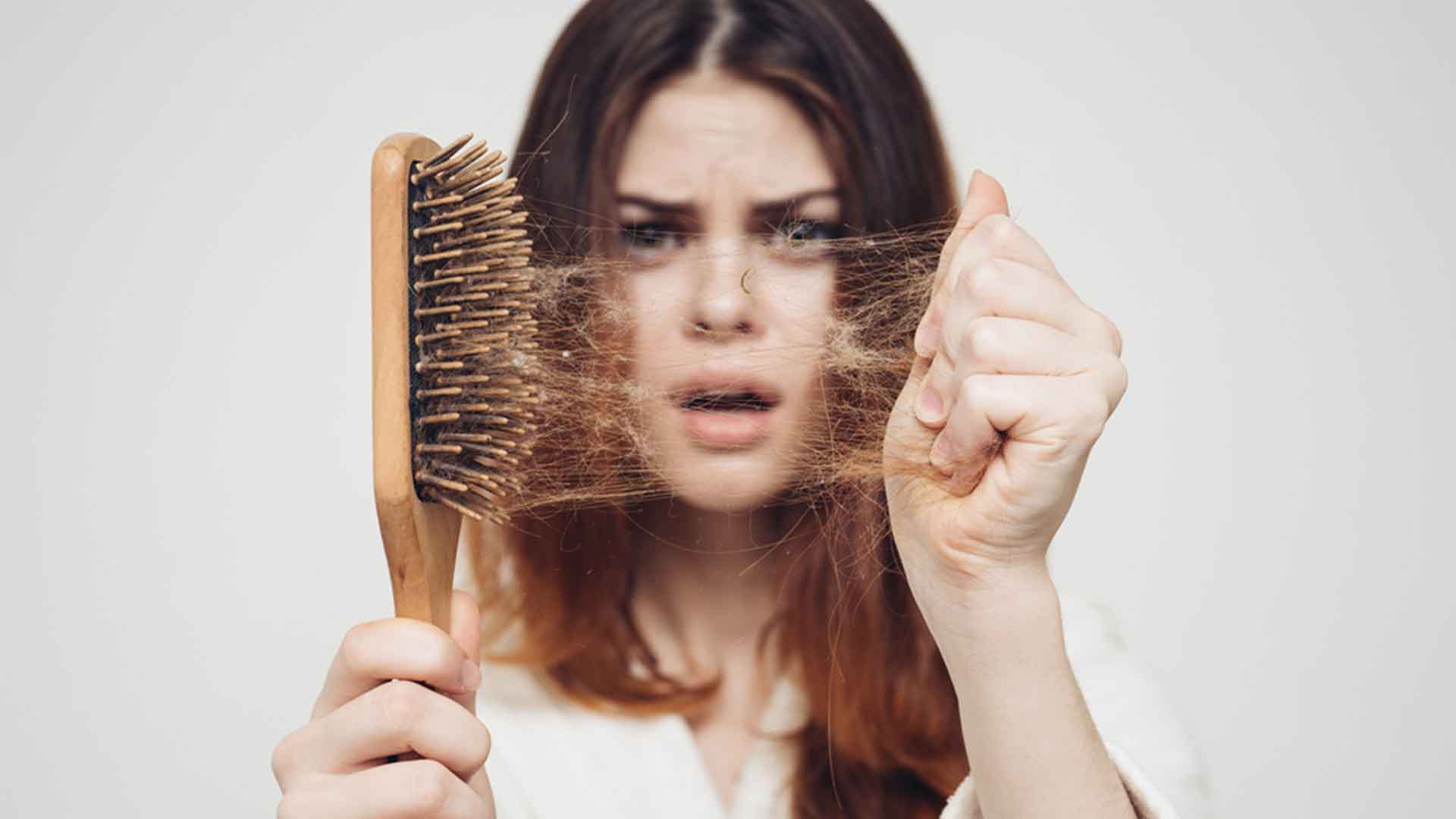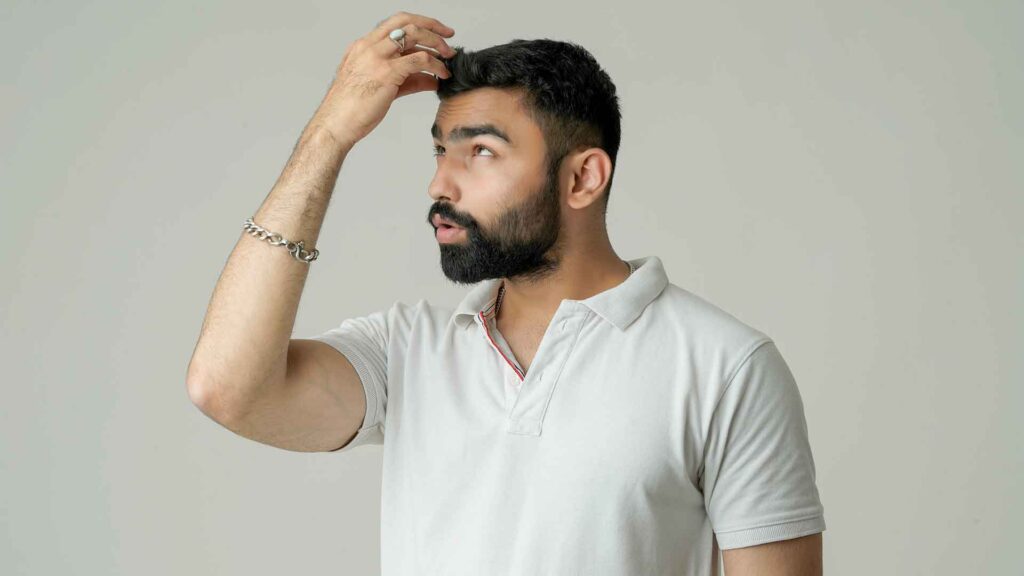
Whenever hair loss starts in men or women, we generally try home remedies, start eating healthy, and be careful about using the wrong hair products. But hair loss due to DHT hormone issues needs serious attention, and we should consult a Dermatologist immediately to know the reason and start initial treatments. When researching hair growth treatments, you are likely to have heard of both minoxidil and finasteride. Both minoxidil and finasteride can aid hair growth. In this blog post, let’s learn more about minoxidil.
Minoxidil, which is also sometimes known as Regaine, Rogain, Mintop, MorrF, Tugain, and several other names from different brands in topical format, can be applied as a foam, lotion, or even tablet form, and works in a number of ways, including by widening the blood vessels, although it’s doubtful whether this action has anything to do with its effect on hair growth.
A common question asked is, “How long does it take for minoxidil to work?”. As with any treatment, the results can vary from person to person; however, on average, Minoxidil results usually start to show within four to six months of use, but before and after results are often deceptive since it is more likely that the effect is stopping ongoing loss than the appearance of more hair. It is common to see hair shedding initially when you first start to take minoxidil; however, this lasts only a few weeks, allowing the new growth cycles to start.
Using minoxidil for women can be highly successful; however, a smaller dosage or less frequent use is recommended. Women are recommended to use 2% minoxidil twice per day or 5% once per day. In comparison to minoxidil for men, who can take 5% twice per day, this is to prevent unwanted hair growth from appearing on the face and other unwanted areas. As minoxidil works in the same way for women as it does for men, women must use it with caution, being mindful that it can cause hair growth in multiple areas, some of which they may not want. Our consultant doctor from Adgrohair will discuss how minoxidil can benefit your hair growth during your consultation.
If you are struggling with hair growth, minoxidil on the hairline has proven successful for growing both thicker and denser hair around the area. However, this will only be achievable when taking the medication consistently, meaning it is a lifelong commitment. For permanent results, it is recommended to get a hair transplant if one is suitable. During the consultation period, your surgeon will discuss the best option for you, depending on your desired results and current hair loss state.
Using minoxidil on the eyebrows can certainly help with the growth of sparse hairs that have reduced with age. However, it is important to be mindful that using the medication on your face can cause irritation such as itchiness, dryness, or redness, which is much harder to hide on your face than when using it on the scalp.
For someone who doesn’t naturally grow facial hair in beard areas, using minoxidil is, unfortunately, highly unlikely to be very effective. Minoxidil helps existing hairs stay in the growth phase for longer, therefore, if there are no hairs there, to begin with, it is unlikely to be successful.
If there is limited beard hair on the face to begin with, using minoxidil can help to make the beard look fuller, but this minoxidil beard use will only be beneficial while using the medication. If the medication is stopped, the hair is likely to start reducing back to its original amount.


